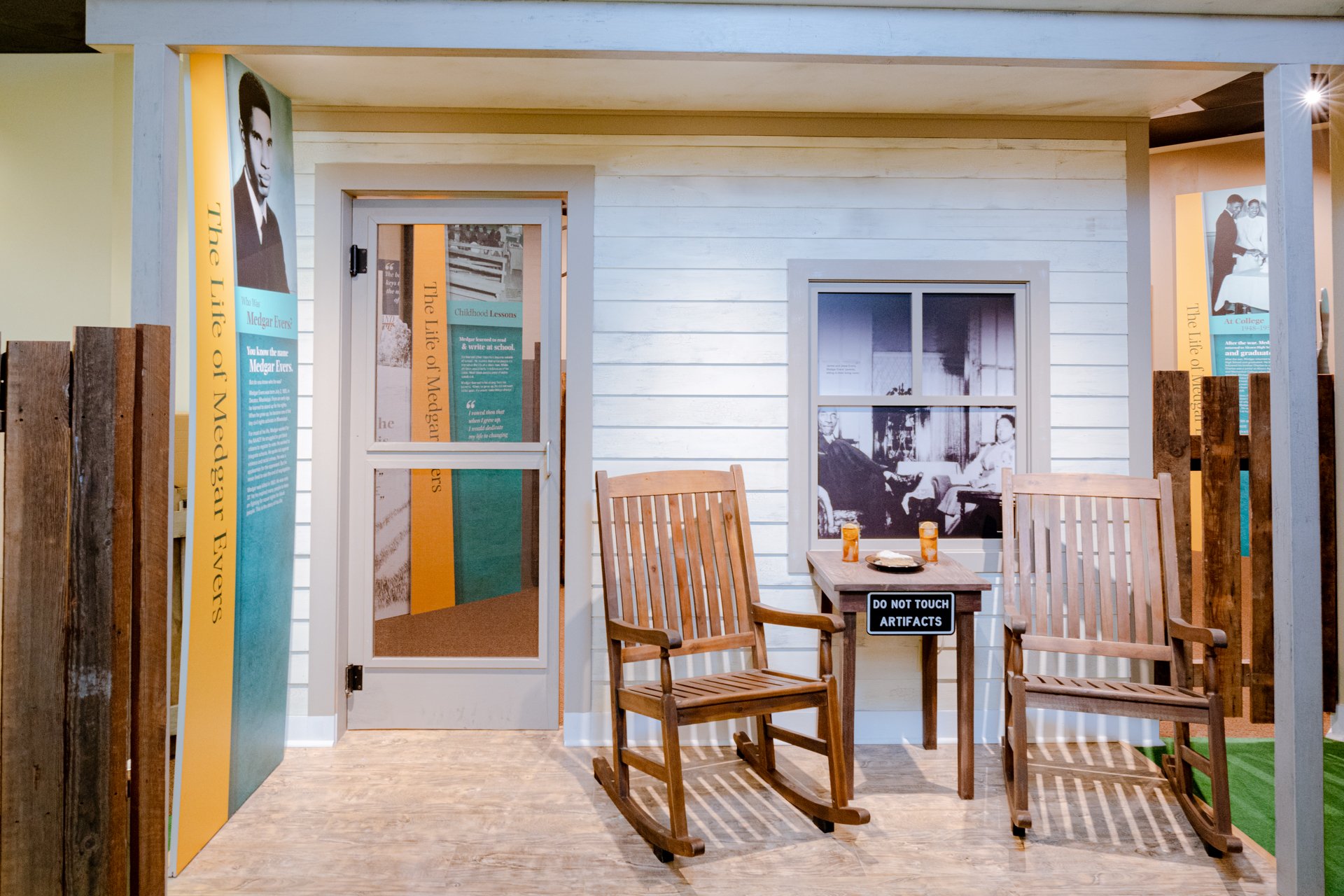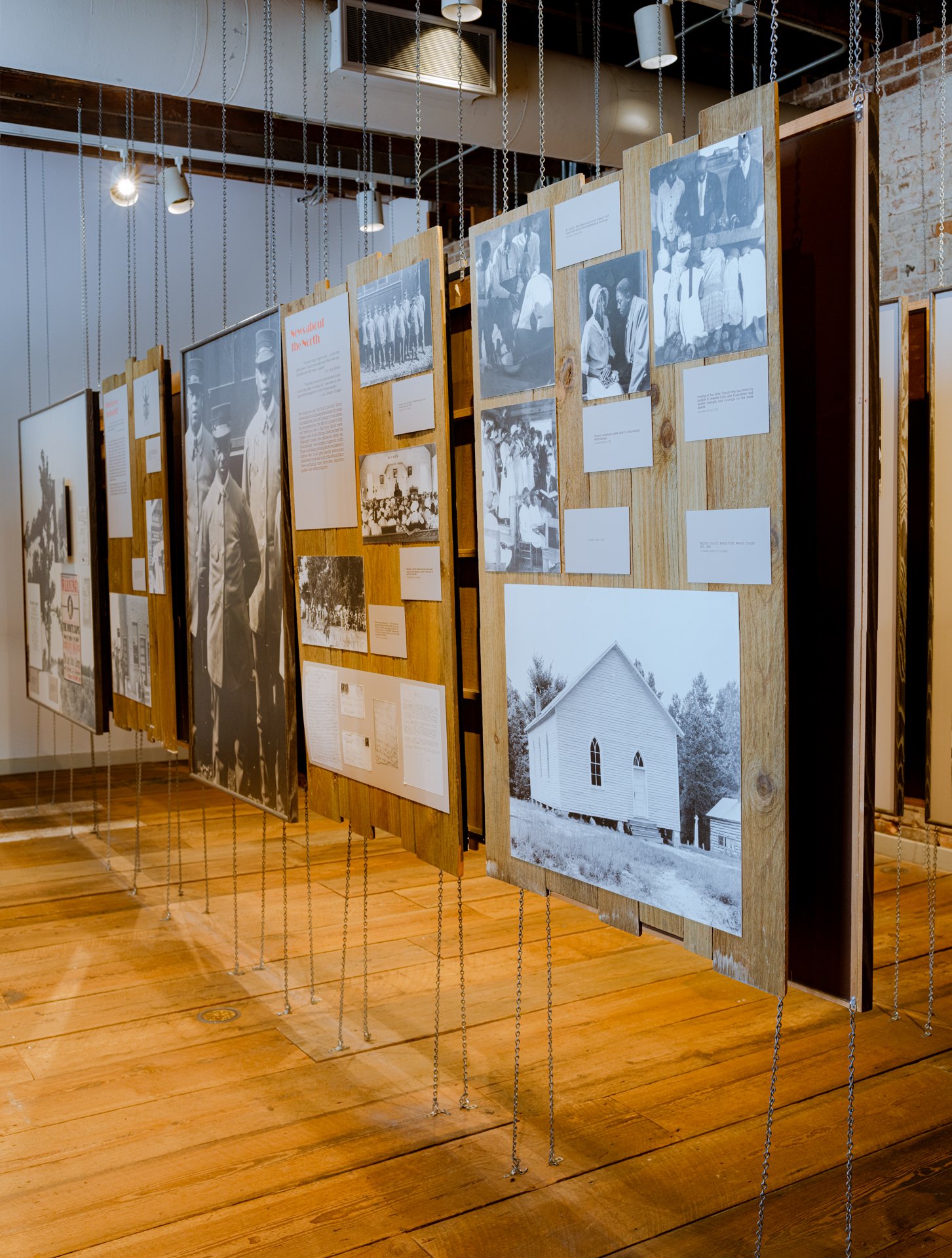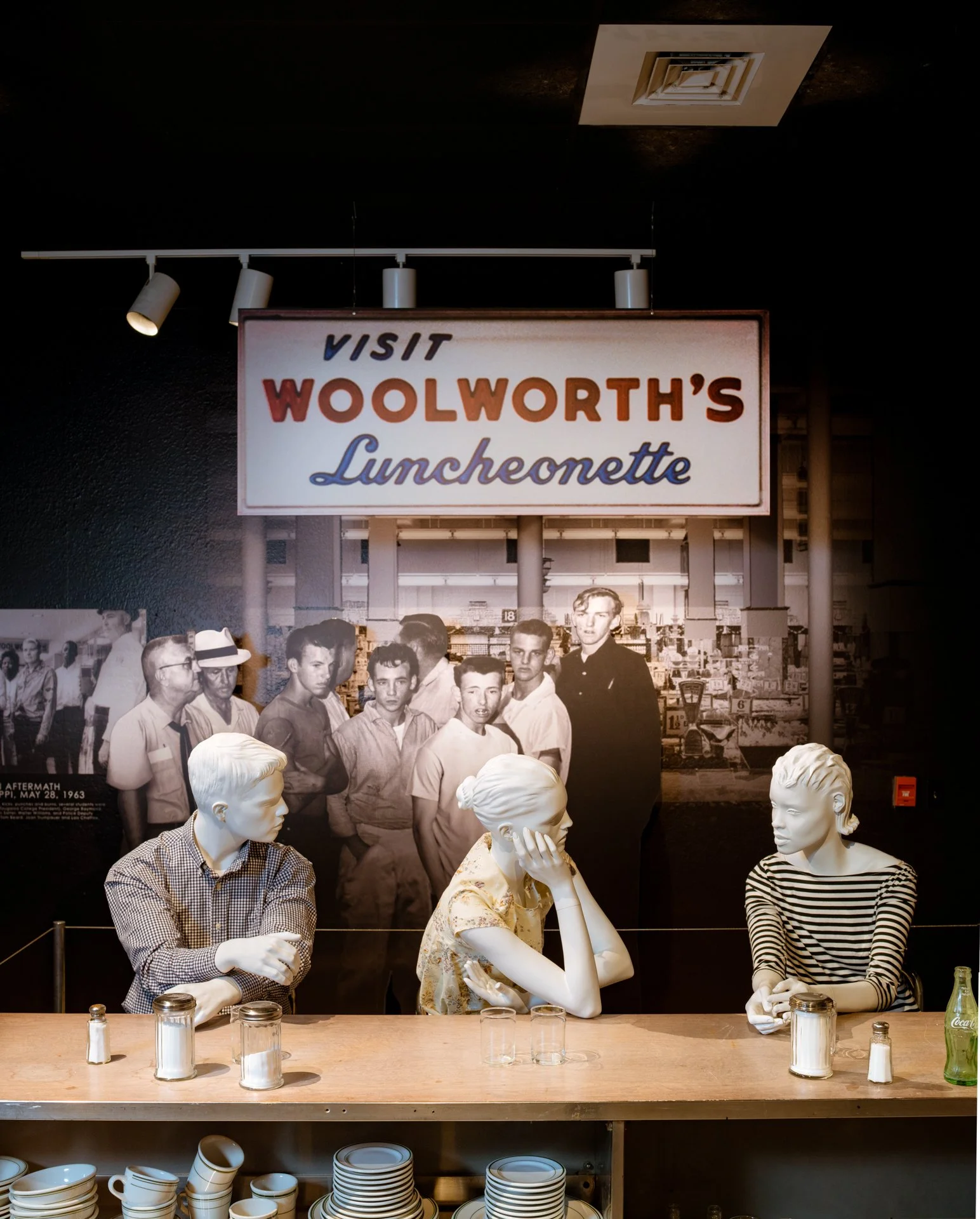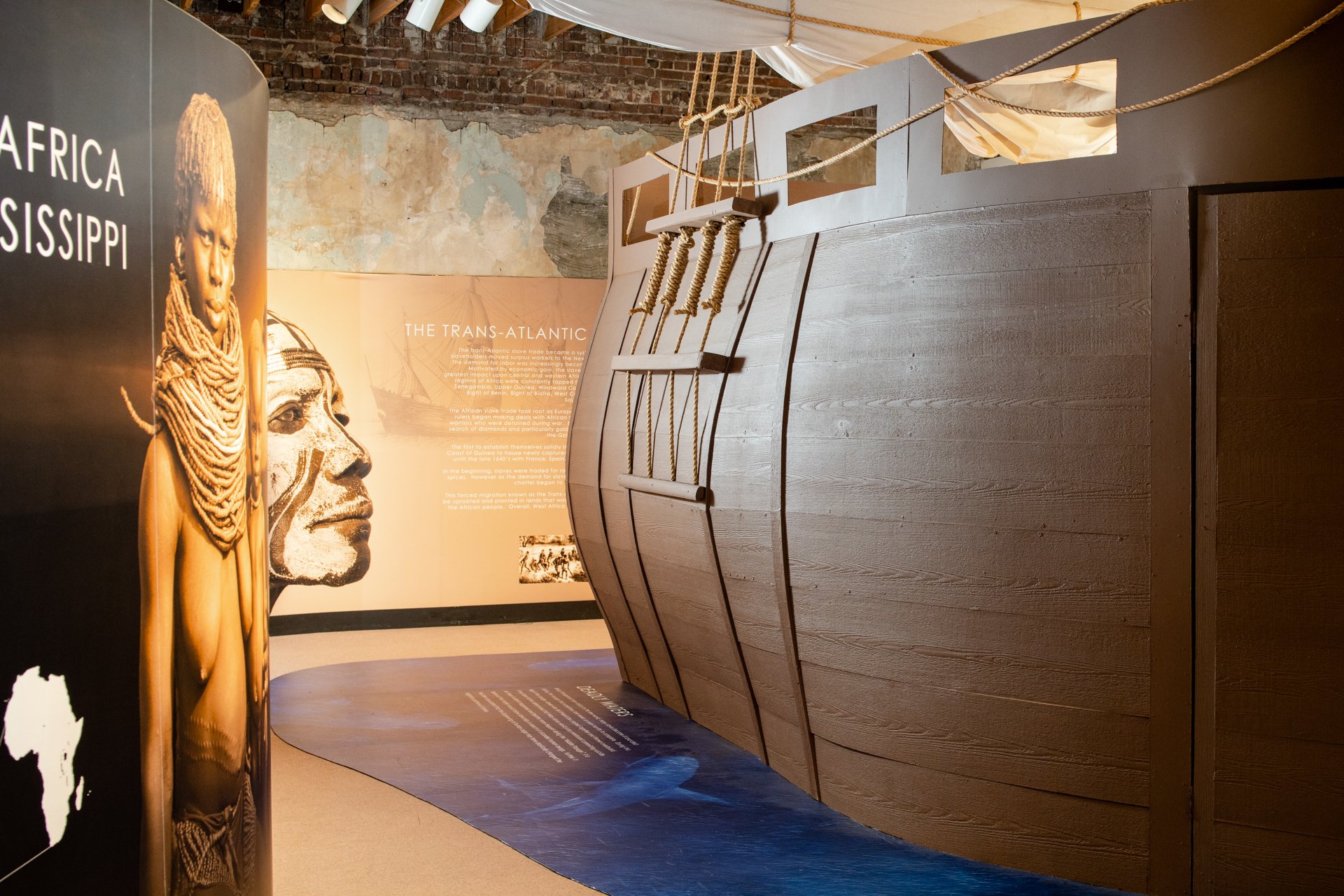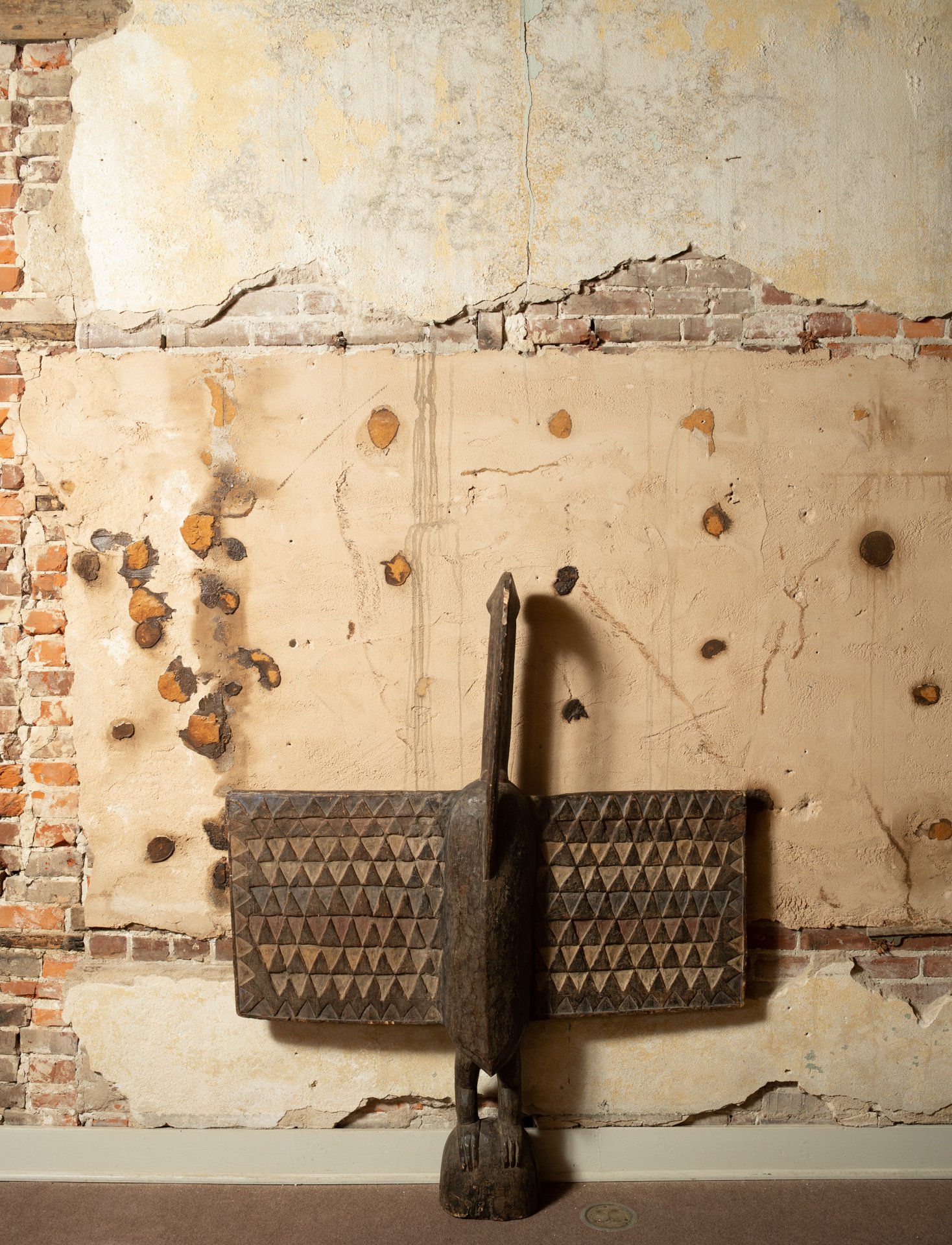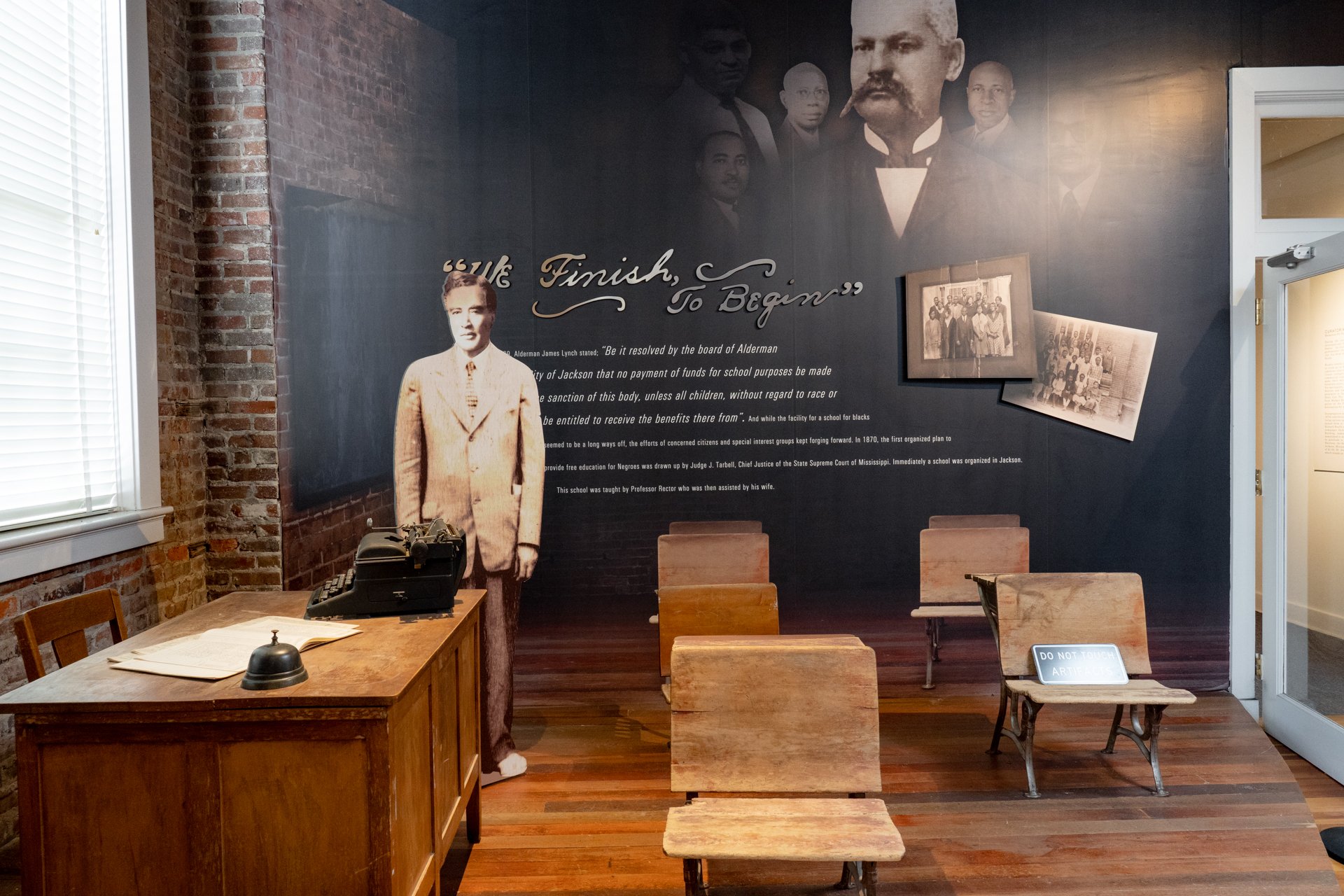
Smith Robertson School Classroom Exhibit
THE BUILDING
Established in 1894 as The West Jackson Colored School, the museum’s building was named after Smith Robertson, a slave born in Fayette, Alabama who moved to Jackson, Mississippi after the American Civil War. Robertson ran in local political circles and eventually became a successful business owner. In later years, he faithfully served as the first African-American alderman for the City of Jackson from 1879 until his death in 1899.
Ahead of his time, Smith Robertson was one of many African-American professionals that shone a light on the path for future politicians, activists, and influential persons in Mississippi and throughout the deep South.
Exterior of the Smith Robertson Museum and Cultural Center
FROM SCHOOL TO MUSEUM
Richard Wright was a student at the school from 1923 to 1925 and graduated valedictorian of his eight- grade class. Wright would become a prolific writer known for the literary classics, Black Boy and Native Son, two works that give great insight into the lives of African Americans in the South and the injustices they faced.
The school remained in session until 1971 when it was court-ordered to close because of academic desegregation laws. The building was emptied out and due to be demolished until community efforts led by Dr. Jessie Mosley and Dr. Alferdteen Harrison, both academic leaders in African-American history and culture, convinced city leaders to sell them the building. In 1984, the school reopened as the Smith Robertson Museum and Cultural Center.
THE COLLECTION
The Smith Robertson Museum and Cultural Center is home to historical artifacts that educate and enlighten the public about the roles of African-Americans in Mississippi, the Southeast, and America’s Civil Rights Movement(s). Through numerous photographs, periodicals, artifacts, temporary and permanent exhibits, we strive to communicate the trials of the past in cohesive, creative, and academic ways that inform and inspire the present.
